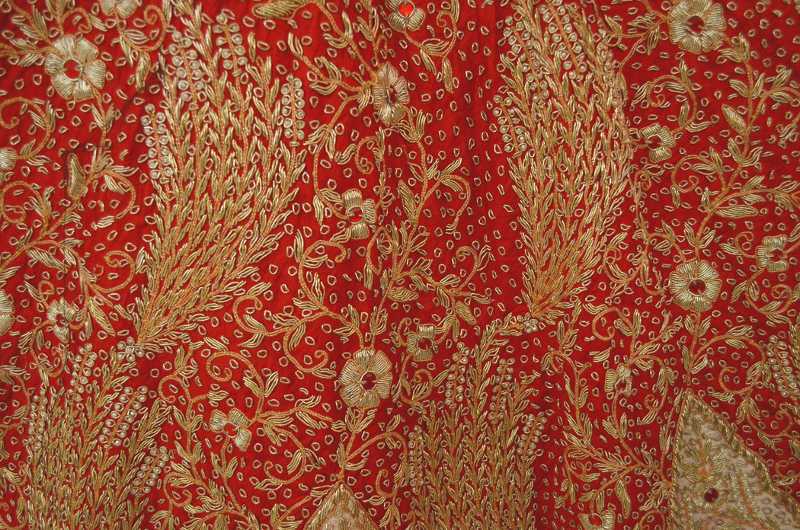===
1807x,
1
===

=== |
 |
ḳharāb : 'Ruined, spoiled, depopulated, wasted, deserted, desolate; abandoned, lost, miserable, wretched'. (Platts p.487)
ḳharābah : 'Ruin, devastation, desolation; a waste, waste land'. (Platts p.488)
FWP:
SETS == A,B; EK
MOTIFS
NAMES
TERMS == IHAMThis verse from Mir's shikār-nāmah-e duvvum was added by SRF to SSA, right after the end of the alif section. I've given it the number of the ghazal before it, with an 'x' added, because it's hard to say where it belongs (it of course has no number in the main divan sequence of Mir's ghazals). The shikār-nāmah-e duvvum from which they come is on pp. 358-371of volume 2 of the kulliyat; this verse is the 9th and final verse of an inserted ghazal on p. 365. Other such cases: {236x,1}; {1853x,1}.
As SRF makes clear, the 'A,B' structure of the verse allows (and compels) us to decide for ourselves where the emphasis falls, and what relationship exists between the two lines. But even more enjoyable is the iham, the 'misdirection', provided by the multivalence of jalnā in the first line. We're encouraged to take it to mean 'burns' in the sense of 'causes pain', since often a sick person does feel worse at the end of the day, and the first line has the matter-of-fact sound of a medical description. Only with the word 'lamp' in the second line do we realize that we need to go back and revise our understanding of the first line to include the meaning of 'burns' like an oil lamp. The multivalence of 'to burn' is so fundamental that (for once!) we can readily capture the wordplay through the similar range of 'burns' in English. But still, it doesn't seem to me to be a true iham in the strict sense, because both meanings are fully available and potentiated by the verse (the wound does indeed undoubtedly 'burn' in a medical sense, which is why it can be said to 'burn' like a lamp). For more discussion of iham, see {178,1}.
There's also the little word ik , with its piquant range of meaning from the possibly deprecatory ('one, single') to the highly laudatory ('unique, excellent').
Moreover, jalā gayā perhaps adds a final pleasure of its own. Formally it's something like a short form of jalā kar gayā , so that it would carry the distinct extra sense that passion lights the lamp 'in passing', or it lights the lamp and then goes on its way. The effect is to suggest the carelessness of passion, and perhaps also the short time that the lamp will actually manage to burn (since passion will not stay around to solicitously tend it, trim the wick, renew the oil supply, etc.). But there's also an idiomatic sense in which jalā gayā would be different only in nuance from jalāyā ; on this see {1781,1}.
In any case, as SRF points out, we clearly realize that it's passion that wrecks the heart, and thus lights the lamp, in the first place. Passion makes the heart into a 'ruin', which is a remarkable and ambiguous deed, and then within that very 'ruin' it lights a lamp; does that count as a separate and different, or even opposite, deed? Or is it just a rephrasing of the same action? Here we're back wandering in 'A,B' territory again.
In short, who can blame SRF for ending the first of his four volumes with this lovely, potent, haunting verse?